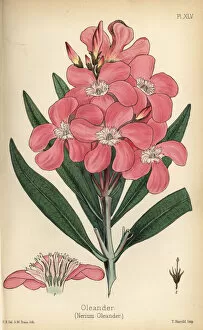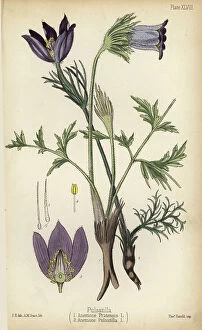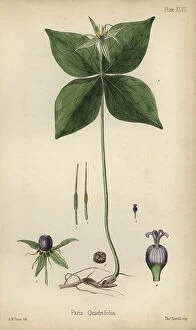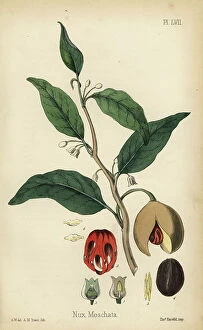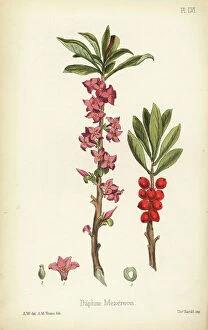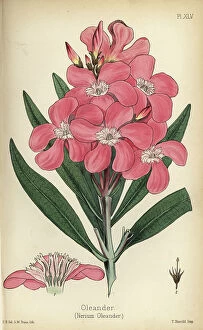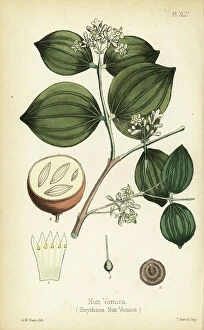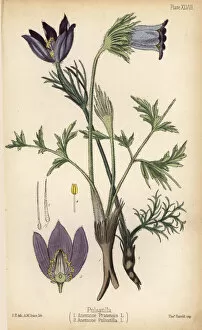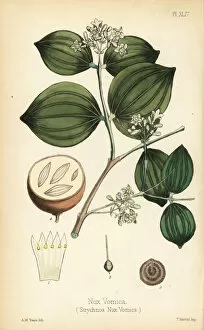Traice Collection
Traice is a term used to describe the act of tracing or tracking something back to its origin and can refer to following a trail of evidence
For sale as Licensed Images
Choose your image, Select your licence and Download the media
Traice is a term used to describe the act of tracing or tracking something back to its origin and can refer to following a trail of evidence, uncovering hidden connections, or retracing steps to solve a mystery. In essence, traice is about unraveling the past and understanding how things came to be. Whether it's investigating a crime scene, researching family history, or analyzing data patterns, traice requires patience, attention to detail, and critical thinking skills. It's like being a detective on a quest for answers, piecing together clues and making sense of complex information. In our fast-paced world filled with constant distractions and noise, taking the time to they are lead to valuable insights and discoveries. By looking beyond the surface level and delving deeper into the layers of information available, we can gain a better understanding of ourselves and the world around us. So next time you find yourself faced with a puzzling situation or unanswered question, consider applying some traice techniques. You never know what fascinating revelations you might uncover along the way.

